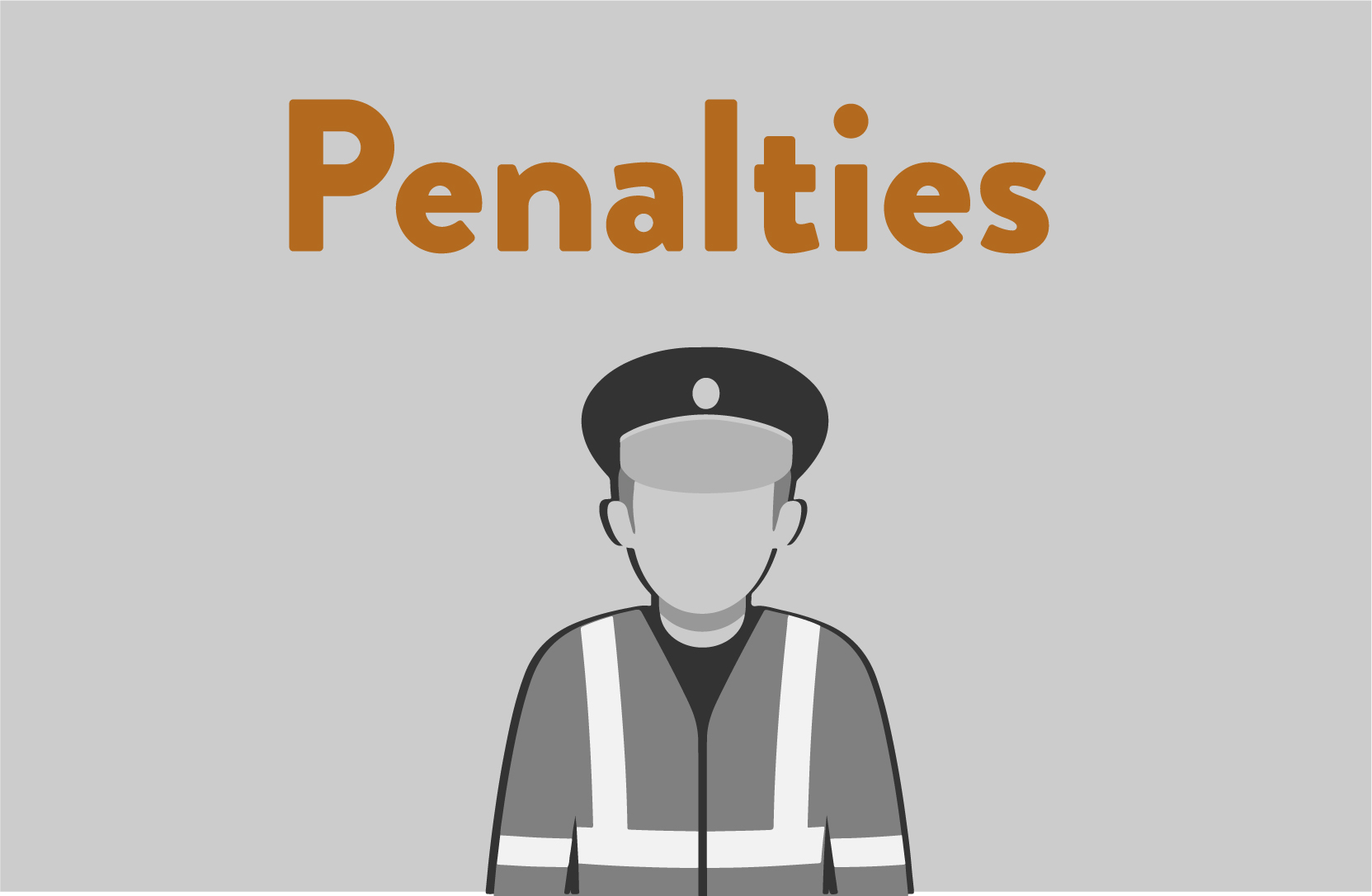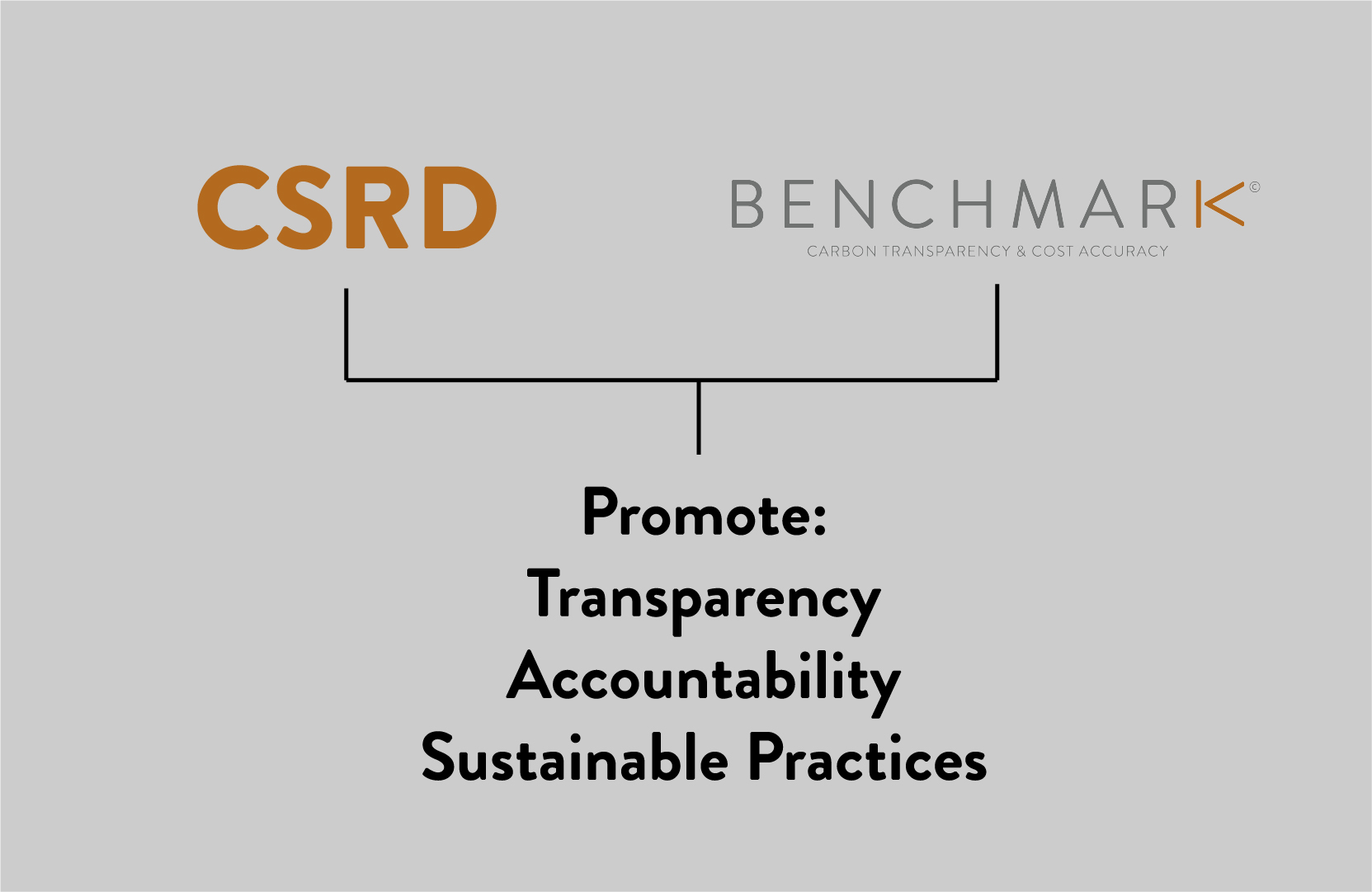The Corporate Sustainability Reporting Directive (CSRD)

A sustainability report is a crucial tool for organizations to communicate their environmental, social, and governance (ESG) efforts. It provides valuable insights to stakeholders while showcasing the company’s commitment to responsible practices. Let’s delve into the key components of a well-structured sustainability report:
- Corporate Data: This section includes factual information about the company’s operations, financial performance, and other relevant data. It forms the foundation for assessing sustainability efforts.
- Objectives and Ambitions: Companies outline their sustainability goals, targets, and long-term aspirations. These objectives demonstrate the organization’s commitment to positive impact and continuous improvement.
- Hazard Management: Addressing risks related to sustainability is essential. Companies discuss how they identify, assess, and manage risks associated with environmental impact, social issues, and governance practices.
- Metrics and Indicators: Quantitative and qualitative metrics are used to measure progress. These can include energy consumption, greenhouse gas emissions, diversity ratios, community engagement, and more.
- Materiality Assessment: Identifying material issues ensures that the report focuses on topics most relevant to stakeholders. Companies prioritize what matters most in terms of impact and significance.
- Stakeholder Engagement: Describing how the company engages with stakeholders (such as employees, customers, investors, and local communities) is crucial. It demonstrates transparency and responsiveness.
- Reporting Frameworks: Companies often align their reports with recognized frameworks such as the Global Reporting Initiative (GRI) Standards, the Sustainability Accounting Standards Board (SASB), or the Task Force on Climate-related Financial Disclosures (TCFD). These frameworks provide guidance on structuring ESG information.
- Data Collection and Analysis: Rigorous data collection processes ensure accuracy. Companies analyze data to evaluate performance against targets and benchmarks.
- Crafting a Compelling Report: Effective communication is key. Companies present their sustainability journey in a clear, concise, and engaging manner, using narratives, visuals, and case studies.
- Review and Publication: Internal and external reviews validate the report’s accuracy and completeness. Once approved, companies publish the report for stakeholders.
Remember, a well-constructed sustainability report not only informs but also inspires positive change and accountability. It reflects an organization’s commitment to a sustainable future1234.

The Corporate Sustainability Reporting Directive (CSRD) is a new EU directive that came into effect on January 5, 2023. It strengthens and modernizes the rules regarding the social and environmental information that companies are required to report. Here are the key points about the CSRD:
- Reporting Obligations: Large companies and listed SMEs (small and medium-sized enterprises) are now obligated to report on sustainability. This includes sharing information on social and environmental risks they face and the impact of their activities on people and the environment.
- Expanded Scope: The CSRD extends reporting requirements to a broader set of companies, ensuring that more organizations provide transparency about their sustainability practices.
- Investor and Stakeholder Access: The new rules aim to provide investors and other stakeholders with the necessary information to assess companies’ impact on people, the environment, and financial risks related to sustainability issues.
- European Sustainability Reporting Standards (ESRS): Companies subject to the CSRD will report according to the European Sustainability Reporting Standards (ESRS). These standards were developed by the European Financial Reporting Advisory Group (EFRAG) and are tailored to EU policies while contributing to international standardization initiatives.
- Assurance and Digital Taxonomy: The CSRD also requires assurance on the sustainability information reported by companies. Additionally, it provides for the digital taxonomy of sustainability information.
- Implementation Timeline: The first companies will apply the new rules for the first time in the 2024 financial year, with reports published in 2025.

The Corporate Sustainability Reporting Directive (CSRD) imposes penalties for non-compliance to ensure companies adhere to the reporting requirements. While the specific penalties may vary depending on national legislation and enforcement, here are some common consequences:
- Financial Penalties: Companies failing to comply with the CSRD may face fines or financial penalties. The severity of these penalties can vary based on the seriousness of the violation and the company’s size.
- Public Disclosure: Non-compliant companies risk reputational damage. Public disclosure of non-compliance can negatively impact investor confidence, stakeholder trust, and brand reputation.
- Legal Action: Regulatory authorities may take legal action against companies that consistently fail to meet reporting obligations. This could result in court proceedings, injunctions, or other legal remedies.
- Market Access Restrictions: Some jurisdictions may restrict market access or participation for companies that repeatedly violate sustainability reporting rules. This can affect a company’s ability to raise capital or operate in certain markets.
- Director Liability: Directors and officers of non-compliant companies may also be held personally liable for breaches of reporting requirements. This includes potential disqualification from serving as company directors.
- Corrective Measures: Authorities may require companies to rectify their non-compliance by submitting accurate reports or implementing necessary changes promptly.

Remember that the CSRD aims to promote transparency, accountability, and sustainable practices. Companies are encouraged to comply to contribute to a more sustainable and responsible business environment. Always consult legal experts or regulatory bodies for specific details related to penalties in your jurisdiction .
Benchmark suite of solutions enable stakeholder / investor aspirations and meets a range of business leader’s requirements which include.
Who like it?
Finance leaders like our financial performance tool CM0, CM1, CM2, EBIT, EBITDA) at SKU
Sales leaders like our Estimate history (won, lost on hold etc) and downloading price lists.
Quality leaders like the fact we are verified to ISO 14067
Technical leaders like our unit of measure converter and commercial +CO2e specification database
Manufacturing leaders like our data structure as it enables pre and post calculations.
Marketing like our transparency as subsequent labelling builds customer + consumer trust.
IT directors like us because our software is protected by advanced, secure sockets (SSL) housed in one of the leading data warehouses in the UK. System integration using web services, single sign-on, and MFA (Multi-Factor Authentication) ensure a seamless operation.
Commercial estimators like the speed at which a price and CO2e can be generated especially when called upon to do large volume tenders and auto generating quotations.
Recent Posts
- European Parliament Votes to Postpone Corporate Due Diligence and Sustainability Reporting Requirements
- Financial Markets vs. Sustainability Markets in Packaging
- How prepared are you for the Packaging and Packaging Waste Regulation (PPWR)?
- Green Claims Regulation: A Global Perspective on Environmental Marketing
- The Environmental and commercial Impact of Packaging (Facts, Figures and a solution)

Recent Comments